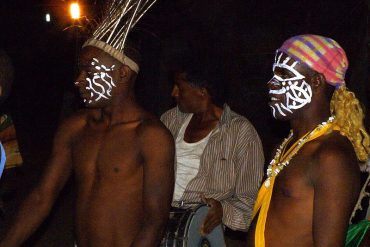He never uses the same SIM card twice. When he finishes a call, he takes the SIM card out of the phone and quietly discards it. He doesn’t wear a hat with a suit and a tie or drive an Aston Martin. He does not order a Martini–with the words ‘shaken, not stirred’–at a fancy nightclub. He isn’t the ‘super spy’ who charms the ladies and beats up the baddies.
He wears simple cotton slacks and trousers, walks around in chappals, and carries a plastic bag to buy vegetables from the market. With a grey moustache and a tilak on his forehead, he looks like any other middle-aged, middle-class ‘South Indian uncle.’ But he goes the extra mile not to draw attention to himself.
Copyright©Madras Courier, All Rights Reserved. You may share using our article tools. Please don't cut articles from madrascourier.com and redistribute by email, post to the web, mobile phone or social media.Please send in your feed back and comments to [email protected]











